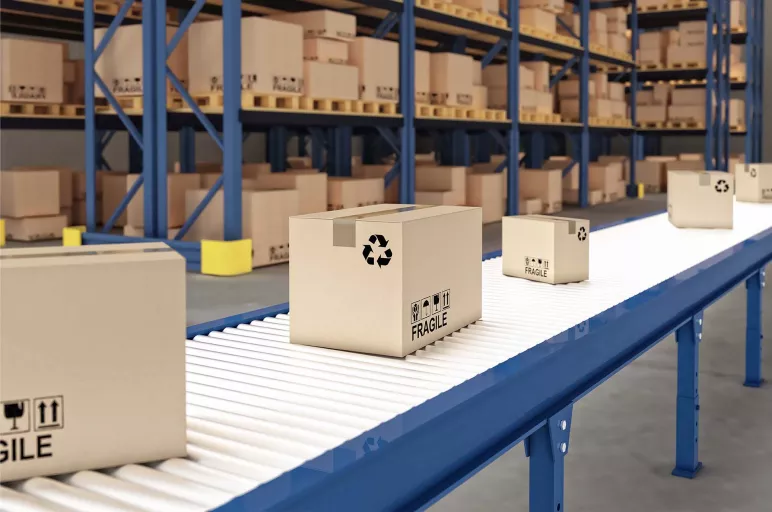
What is a Self-healing Supply Chain (And Why Your Business Needs It)
- Growing uncertainty and a fast-changing business landscape have emphasized the need for timely and accurate decision-making in supply chain management.
- Supply chain technology can generate automated responses to prevent a disruptive event or mitigate its impact.
- Real-time visibility is a key element of the self-healing supply chain.
April 24, 2023 | Supply Chain Software 3 minutes read
The world of supply chains is increasingly becoming autonomous. In fact, supply chains themselves have become more independent than ever before.
They can now see into future events, assess possible outcomes and even act proactively to avoid the impact.
How can supply chains act on their own? And how can businesses have a supply chain that has such capabilities?
Here is the answer -- by automating decision-making and letting technology decide the best course of action.
While a lot of data is generated in procurement and supply chain operations, not much of it is used when processes are manual. But when these functions are automated, technology can bring all this data together. It can analyze this data, identify patterns and even make recommendations on what to do.
How a Self-healing Supply Chain Works
A self-healing supply chain makes the best use of data science and digital technologies. It has mechanisms in place to leverage data, analyze it and make informed decisions.
For example, in case a supplier shipment is likely to be delayed, technology can create real-time visibility of this delay. Based on multiple factors such as the criticality of the shipment, the level of delay and its potential impact on the business, it can make recommendations on next steps and expedite decision-making.
The business can then collaborate with the supplier and work out ways to avoid the delay. In case it anticipates that the supplier will not be able to deliver on time, it can also choose an alternative supplier.
Likewise, if a business foresees a delay in shipping a customer order because of a backlog in the warehouse for example, autonomous decision-making capability can move the order up on the priority list and expedite shipping in the process.
In both these examples, the autonomous decision-making capability of technology detects a potential event before it can occur and then suggests possible next steps to prevent its occurrence.
In other words, technology has replaced a reactive approach to an adverse event with a proactive or predictive approach based on data and defined business rules. This changes the complete mode of operation of the supply chain.
Deploying Response Automation is Key
While data analysis is crucial to determine possible issue resolution, there is also a need to automatically choose a response and execute the resolution. In a self-healing supply chain, responses to events are automated with the help of decision-intelligence technology.
Technology is trained to look at virtual assessment of multiple responses, record situations and responses and evaluate their effectiveness. Additionally, it considers defined business goals, external events and brings together data generated at different points in the supply chain.
By combining all this information and using the inputs provided, technology generates several responses and chooses a response that is best suited to the situation. This also means that the approval of human supply chain planners for a resolution is not required, thereby eliminating manual intervention and expediting decision-making. Nonetheless, planners can always chip in to handle any deviations that technology cannot address.
Such digitized and automated decision-making is vital for digital transformation. It enhances agility and gives businesses a competitive edge. Further, it allows a business to maintain a digital record of decisions made and their results.
Capturing decisions and their impact allows this technology to learn from previous outcomes. It can also be used to automate more business processes and decisions in the future.
Conclusion
As businesses become increasingly confident with the use of supply chain technology, more and more processes are likely to be automated. This will also result in increased reliance on data and analytics to foresee events, assess their impact and take necessary action.
It won’t be long before supply chains can become completely autonomous. They will be able to detect potential disruptions and heal themselves without the need for human intervention. Self-healing supply chains are likely to emerge in the not-too-distant future.




